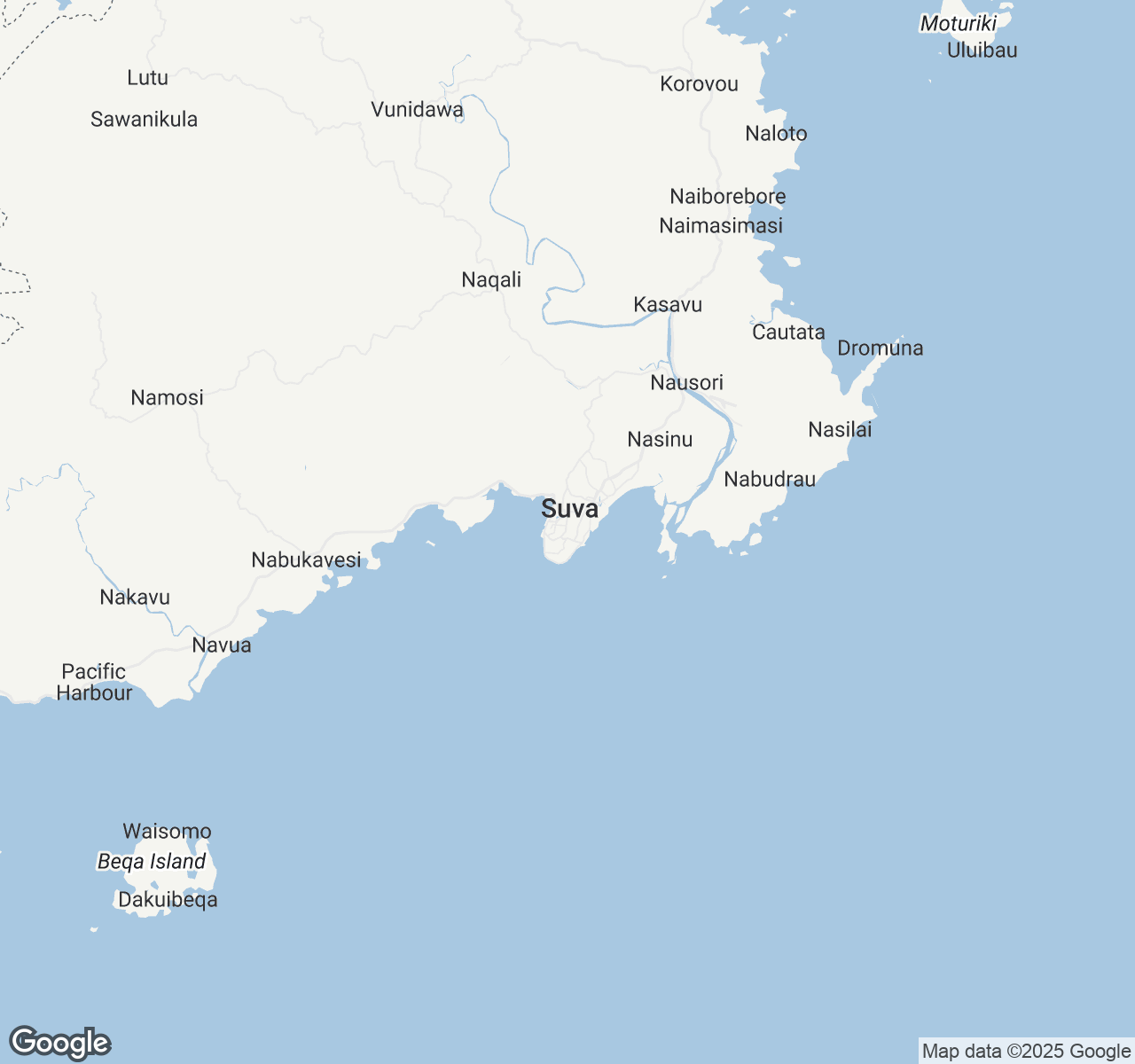
Things to Do in Suva
Discover the best of Suva
Plan Your Trip
Essential guides for timing and budgeting
Top Things to Do in Suva
Discover the best activities and experiences. Book now with our trusted partners and enjoy hassle-free adventures.
Your Guide to Suva
About Suva
Suva emerges from the verdant hills of Viti Levu like a tropical metropolis wrapped in emerald dreams, where colonial grandeur mingles with busy Melanesian soul. The capital of Fiji pulses with an intoxicating rhythm—Indian spice vendors call out in Hindi while Pacific drums echo from nearby villages, creating a symphony of cultures that few cities can match. Palm-fringed harbors cradle weathered fishing boats alongside sleek yachts, while the Grand Pacific Hotel stands as a testament to bygone elegance against a backdrop of modern glass and steel. Here, the scent of frangipani mingles with curry and sea salt, and every sunset paints the harbor in shades of gold and crimson. Suva is not merely Fiji's political heart but its cultural kaleidoscope—a place where traditional bure architecture shares space with bustling markets, where kava ceremonies unfold in the shadow of contemporary art galleries, and where the gentle 'Bula!' greeting carries the warmth of genuine Pacific hospitality.
Travel Tips
Transportation: Use local buses for authentic city exploration—they cost under FJ$2 but have no fixed schedules. Taxis are reliable but negotiate fares beforehand or insist on meters. Download the Vodafone Fiji app for ride-hailing services in urban areas.
Money: Carry Fijian dollars in cash as many local markets and smaller establishments don't accept cards. ANZ and Westpac ATMs are most reliable. Tipping isn't customary—instead, say 'vinaka vaka levu' (thank you very much) to show appreciation.
Cultural Respect: Remove shoes and hats when entering homes or villages. Dress modestly covering shoulders and knees, especially in Indo-Fijian areas. Never touch someone's head or point with your finger—use an open hand gesture instead.
Food Safety: Try authentic Fijian food at Suva Municipal Market but choose busy stalls with high turnover. Avoid tap water—buy bottled water or bring purification tablets. Sample traditional kokoda (Fijian ceviche) only from reputable restaurants with proper refrigeration.
When to Visit
Suva's tropical climate offers year-round appeal, but timing affects both experience and budget. The dry season (May-October) brings perfect weather with temperatures averaging 22-26°C (72-79°F), minimal rainfall (50-100mm monthly), and southeast trade winds that keep humidity comfortable. This peak season sees hotel rates increase 30-40%, but offers ideal conditions for exploring markets, hiking, and harbor activities. November-April marks the wet season with higher temperatures (26-31°C/79-88°F), substantial rainfall (200-350mm monthly), and occasional cyclones between December-March. However, this off-peak period offers 25-35% savings on accommodations and fewer crowds. The shoulder months of April-May and October-November provide excellent compromise—pleasant weather with moderate pricing. Cultural enthusiasts should plan around major festivals: Diwali celebrations (October/November) illuminate the city's Indo-Fijian heritage, while Hibiscus Festival (August) showcases traditional Fijian culture with parades and performances. Bose Levu Vakaturaga (Great Council of Chiefs meetings in May) offers unique cultural insights. Budget travelers benefit most from February-March visits, while luxury seekers should target June-August for premium weather and full resort operations.

Suva location map